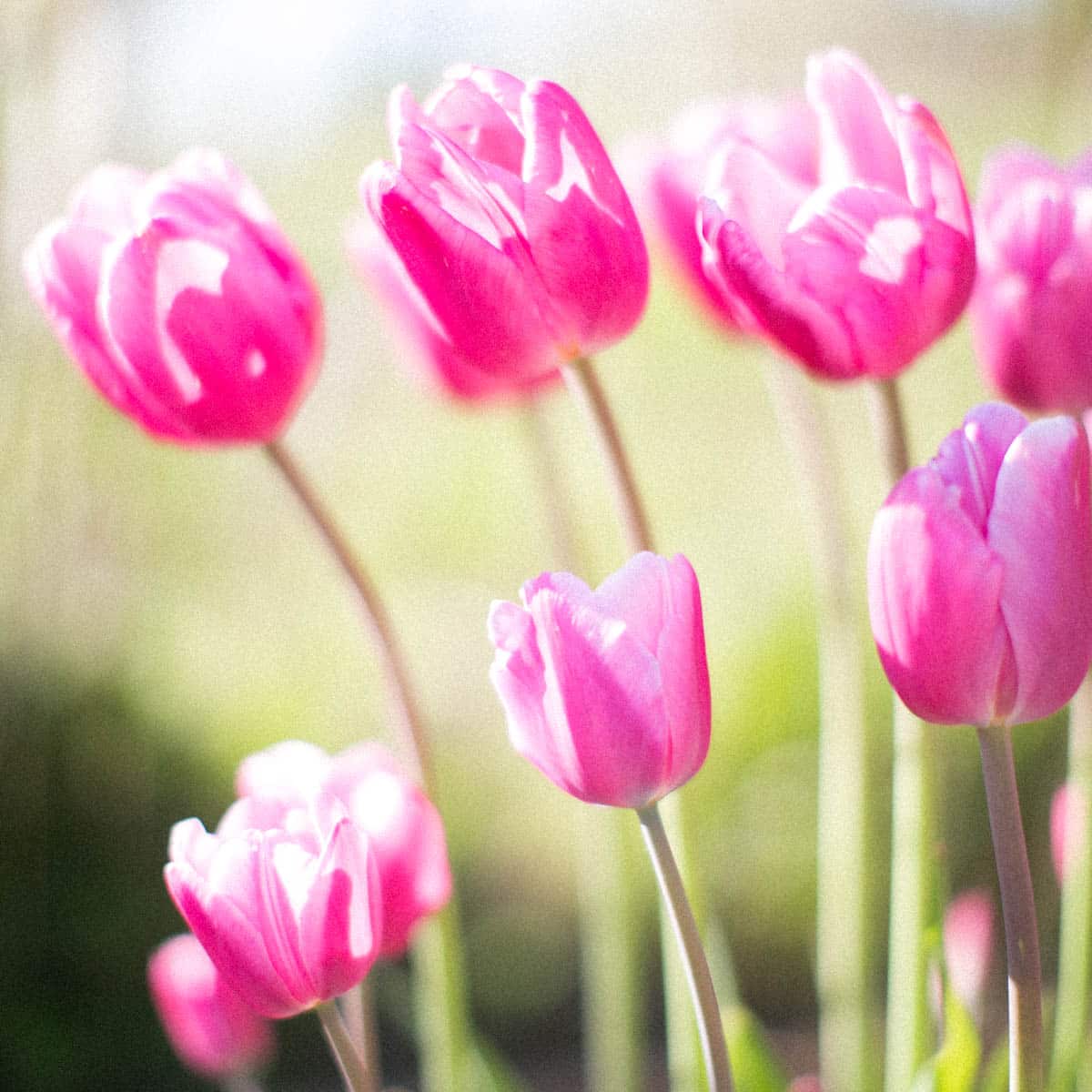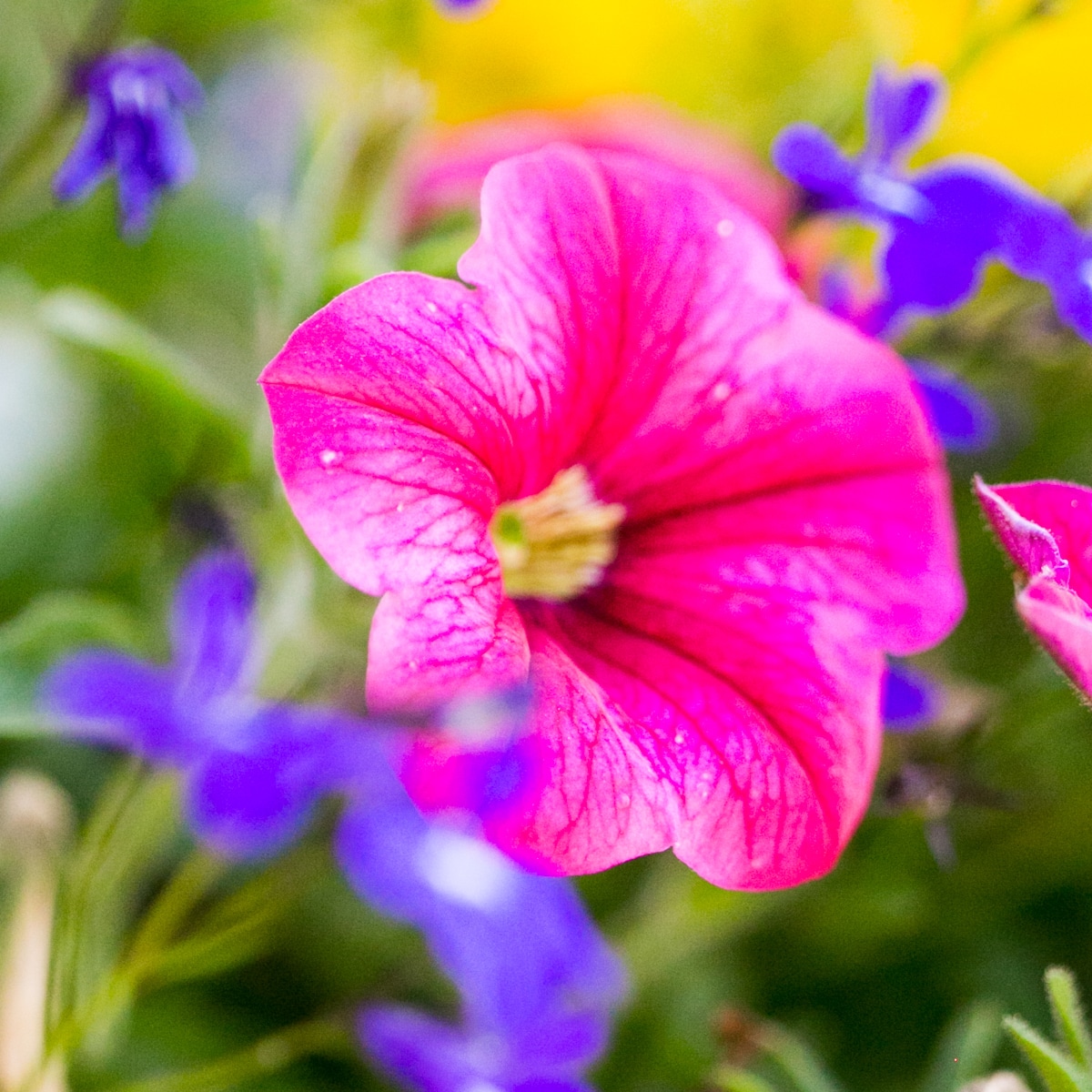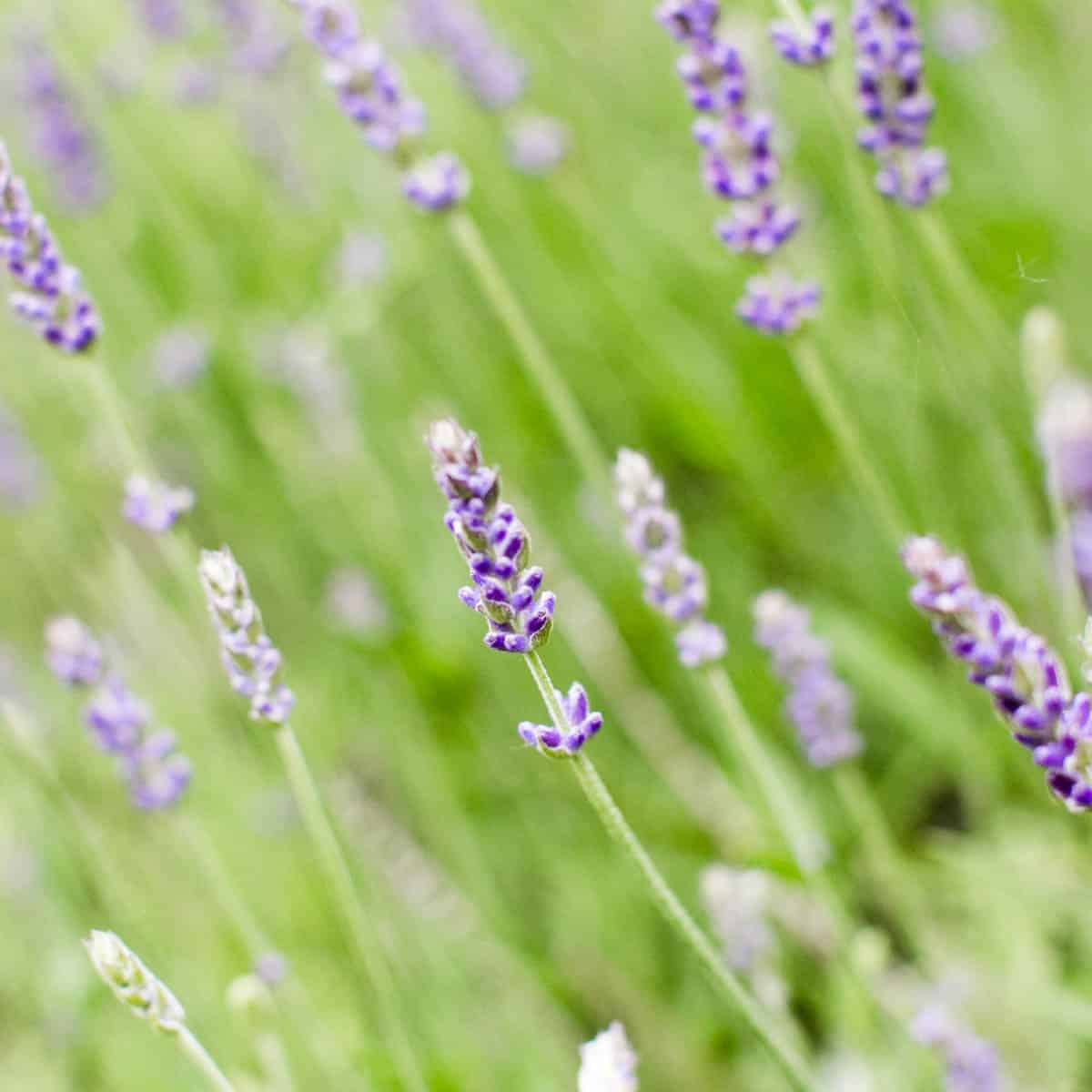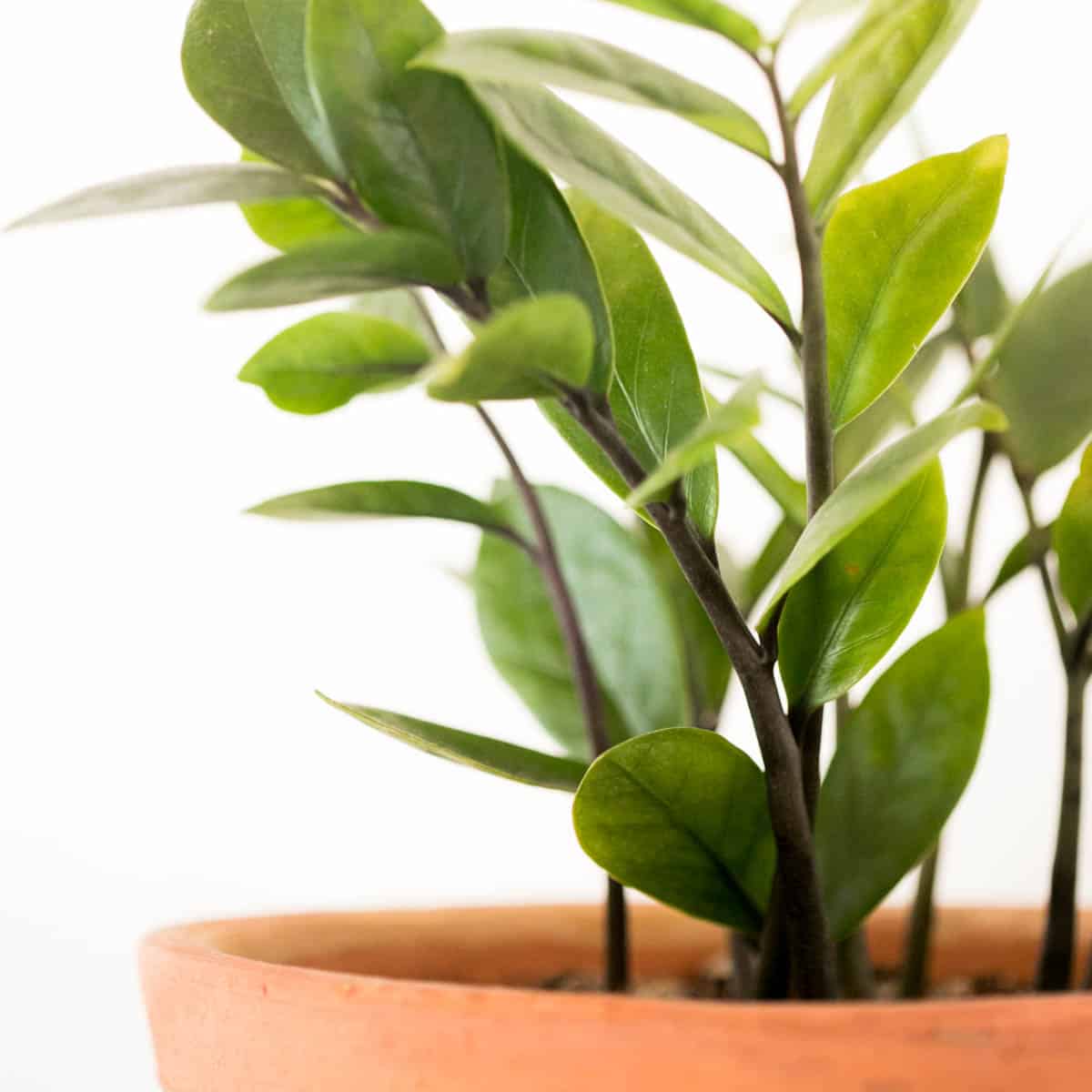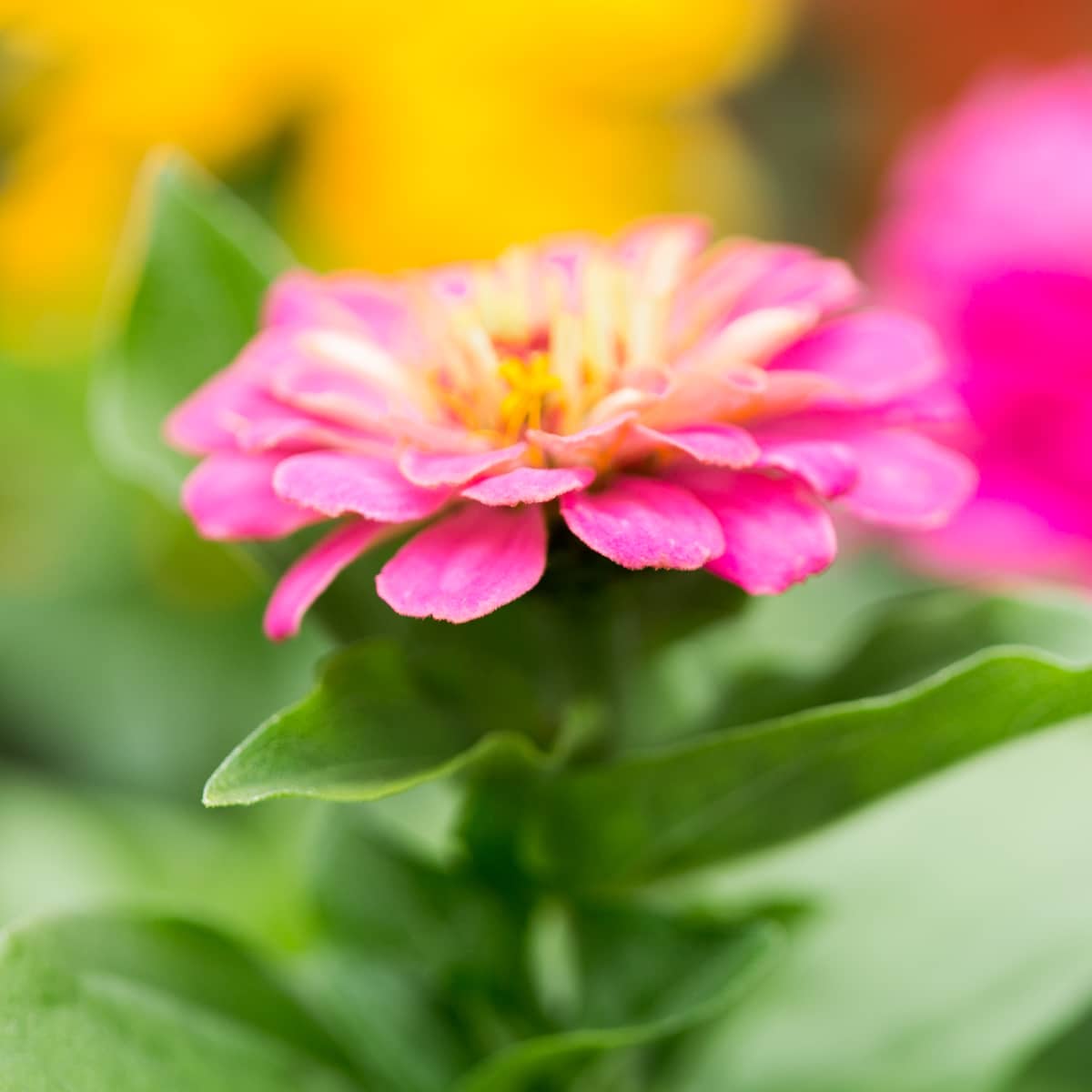How To Water Poinsettia Plants
Is there a right way to water poinsettia plants? Yes! We’re dishing all in today’s holiday article featuring these popular Christmas flower.
With vibrant, colorful petals and dark green leaves, poinsettia are the star of the holiday season. These tropical plants hail from Central America and were used by ancient Aztecs to die fabrics. They continue to inspire by brightening up holiday households in the winter months.

You may have picked up a few of these popular houseplants, and they need proper care and attention given to their watering needs.
Up level your indoor decorating with these aesthetic plants.
How To Water
To water a poinsettia, wait until the soil is dry. Remove outer decorations such as foil and set pot in kitchen sink. Let water flow through the soil until it drains out the bottom.
How Often Should I Water?
Poinsettia (Euphorbia pulcherrima) should be watered about once a week, or when the top soil surface is dry.
This weight of the pot is a good indicator of dry soil and when your plant needs water.
When the plant needs watered, the weight of the poinsettia pot will be light, indicating the soil is dry deep within the roots. Once you’ve watered your plant, you’ll notice that the water weight in the pot has increased.
Do not let flowers droop before watering.

Did you know? The cheerful petals of a poinsettia plant are actually a type of leaf, called bracts. These colorful bracts serve to attract pollinators to the flower! These plants enjoy a sunny location, in indirect light.
Proper Watering Technique
Though easy to manage, you’ll get the best results from your poinsettia plant if you water properly.
A poinsettia’s traditional home is in a tropical climate, so it’s watering needs will reflect that. Poinsettia need well draining, fertile soil and to be watered deeply.
Drainage Holes
Poinsettia need good drainage to prevent root rot and deter pests. Ensure that the pot has drainage holes, and if not, you can add them in yourself. Proper drainage will prevent root rot from taking hold in your plant.
Most store bought poinsettia come in a container that has plenty of drainage holes in the bottom of the pot, as pictured here:

If your plant comes wrapped in foil, you can punch holes in the foil and set it on a tray to ensure water drains. Or, simply remove the foil when watering, then set your plant back in the festive foil after the water has thoroughly drained.
What Is Root Rot?
Root rot is a nasty combination of too much water and not enough drainage. Excess moisture leads to disease and fungus in the roots of the plant.
The soil may smell rotten and the plant stem become soft and mushy.
Signs of root rot on a poinsettia plant are wilting, yellowing leaves and leaf drop. Prevention is key for avoiding root rot and keeping your poinsettia plant healthy.
Make sure at least one drainage hole exists for your plant. Roots rot can develop quickly.
When To Water
A healthy plant needs just enough water. Avoid soggy, waterlogged soil. Let the water dry out between watering.
Once the top of the soil is dry, you can remove the entire plant from its packaging and set it in the kitchen sink to water.
We have a water filter installed on our sink water, which allows us to water plants without harsh chemicals. Read about the best water for houseplants here.
For best results apply water to the surface of the soil, at the base of the plant. (Not on the top of the leaves).
Instead of using icy cold water, opt for room temperature or luke-warm water. Remember poinsettias come from warm climates, so tolerance to freezing rain is not in their DNA.
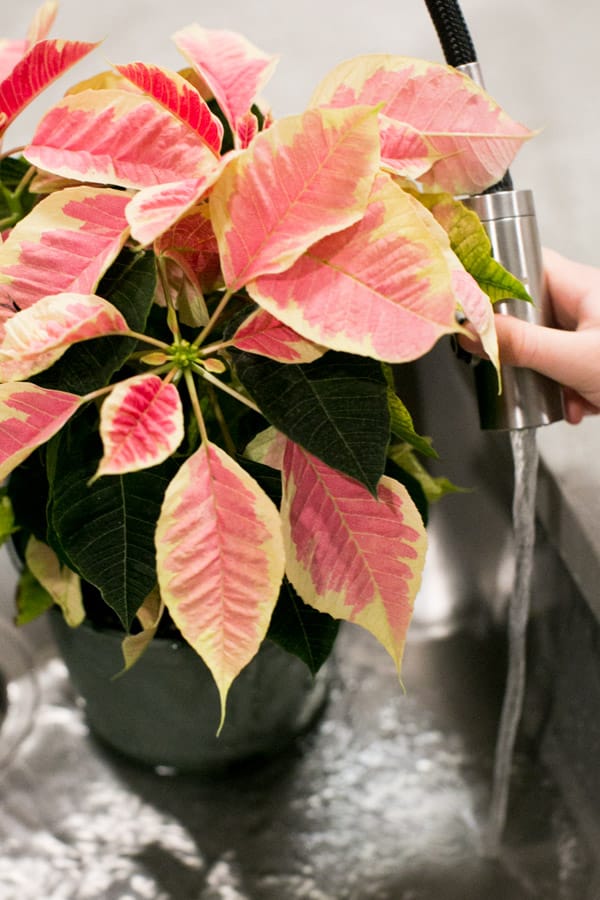
Common Problems
A poinsettia will drop it’s leaves when it is stressed. These dead leaves are a sign that the plant is just not happy. Both over watering and under watering can cause stress.
Other problems may include low temperatures, too much hot direct light, and cold drafts. The plant may be in a pot that is too small for it’s root system, which limits water and nutrients.
Can You Over Water A Poinsettia?
Yes, you can over water a poinsettia. Plant leaves may turn yellow and droop, and root rot may develop if the plant is watered too much.
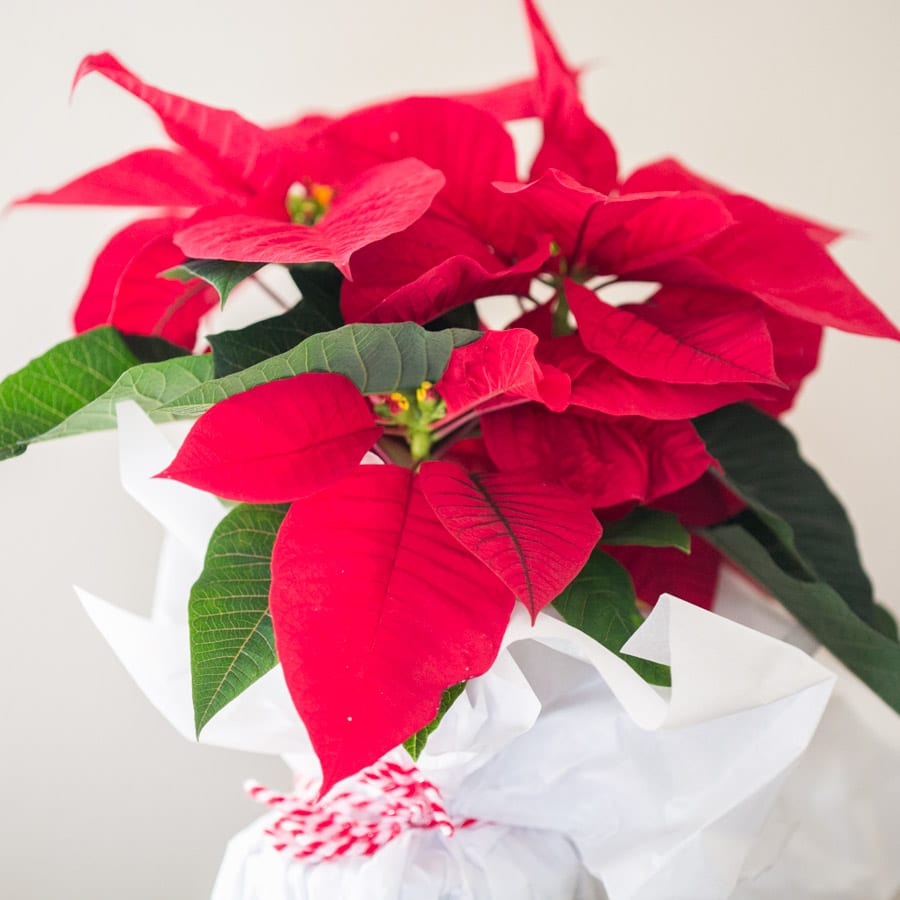
Signs Of Underwatering
Lack of watering can cause leaves to curl and wilt. The plant will eventually die from lack of water. Adapt a good watering schedule and make sure you do a deep soak that reaches that plant roots to keep your plant healthy and lush.
To bring a thirsty poinsettia back to life, water well and remove any dead leaves. Set the plant in a sunny spot out of direct sunlight and keep the soil moist but not soggy. (Near a window but not directly in the sun rays).
Using Ice Cubes To Water
Some sources recommend using ice cubes as an easy way to water poinsettias. The theory is that placing a handful of ice cubes on top of the soil daily is a good idea to keep the plant watered.
We do not use this watering method because there is not enough water in a handful of ice cubes to reach the roots of the plant. The plant never gets a deep enough drink to be satisfied.
Misting
If you live in a dry climate, misting poinsettia can help with humidity. Make sure the plant is in a warm room before doing so (around 68 to 70 degrees).
Do You Water Poinsettia From the Top or Bottom?
We water poinsettias from the top of the soil down. Avoiding any new growth or leaves, slowly add water at the top of the soil and let drain through the bottom of the pot.

Where To Buy
Widely available at grocery stores and garden centers during the last week of November (and on), these festive plants are a holiday icon. Although red poinsettias are very popular, you will also find different shades of red, pink, white and even yellow.
Winter Companion Plants
If you want to keep your home in bloom all holiday season, consider a Thanksgiving cactus for November, a Christmas cactus in December, and poinsettias in late November through January.
Peperomia plants are wonderful indoor plants that thrive in winter as well.
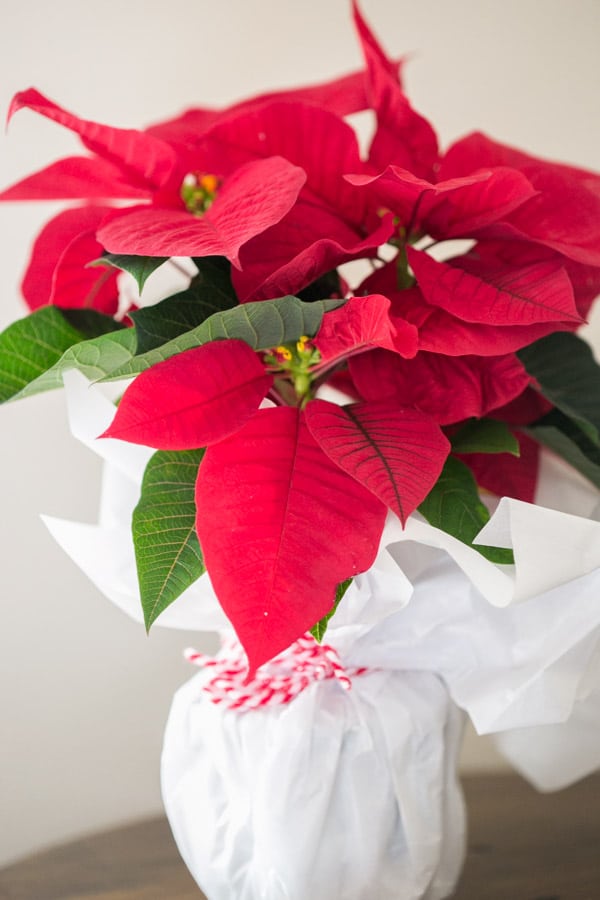
Poinsettias are a popular holiday plant that add joy to the Christmas season. Their rich, gorgeous petals and the beautiful leaf color make them irresistible.
We hope you enjoyed these tips that focused on proper watering technique for your plant- let us know in the comments if you have any questions!
Happy growing! Jamie

